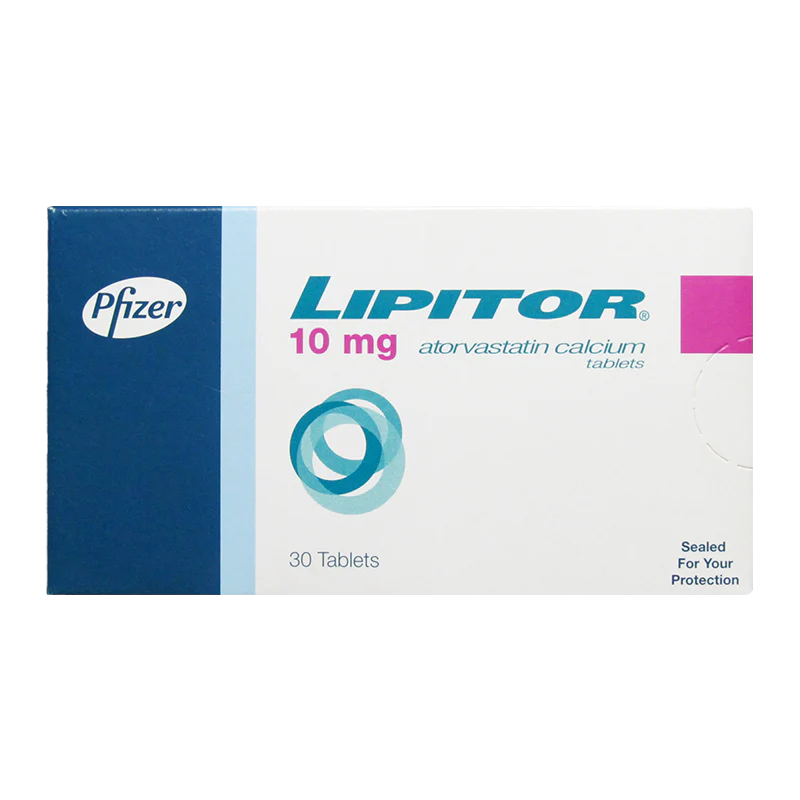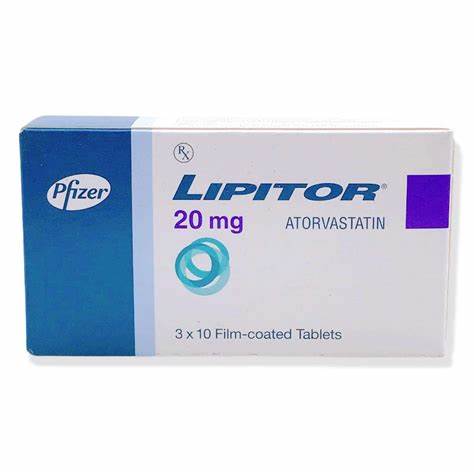Simvastatin vs Atorvastatin Which Should I Take for High Cholesterol
Written by Richard Homenick | Reviewed by Uche Ruth
Updated on June 26, 2024
Key Takeaways:
- Simvastatin (Zocor, FloLipid) and atorvastatin (Lipitor) are both statin cholesterol medications. They work in similar ways to help lower cholesterol levels.
- High-dose atorvastatin can provide a more powerful cholesterol lowering effect than high-dose simvastatin. This can make it a better option for people with greater heart-related risks.
- Both simvastatin and atorvastatin have similar side effects. However, the highest dose of simvastatin (80 mg) has a greater risk of muscle pain and weakness than the highest dose of atorvastatin (80 mg).
- Simvastatin and atorvastatin are both available as brand-name medications. But you can also find them as lower-cost generics.
Table of Contents
Overview
Simvastatin (Zocor, FloLipid) and atorvastatin (Lipitor) belong to a class of medications known as statins, which are considered to be first-choice medications for treating high cholesterol. This means that both simvastatin and atorvastatin are effective for high cholesterol and work similarly. But, they do have some important differences, and we’ll discuss what those are below.
How do simvastatin and atorvastatin work?
Simvastatin and atorvastatin are both statin cholesterol medications. You may already know that cholesterol can come from your diet, but did you know that you also make cholesterol in your liver? Statins like simvastatin and atorvastatin lower the amount of cholesterol your liver makes.
Statins are the go-to medication for treating high cholesterol, and they can help lower the risk of heart disease. They are especially good at lowering levels of LDL (low-density lipoprotein) cholesterol. Over time, LDL can clump together in your blood when there’s too much. This can eventually lead to fatty material (or plaques) forming on your blood vessel walls, known as atherosclerosis. Plaques can block blood flow, which raises your risk for a heart attack or stroke.
Which is better at lowering cholesterol?
In short, atorvastatin is a more powerful statin than simvastatin when comparing their highest doses. But both simvastatin and atorvastatin are effective at lowering cholesterol levels.
Statins can be grouped based on how much they lower LDL levels. This quality is known as statin intensity. There are three statin intensity levels: low intensity, moderate intensity, and high intensity. Low-intensity statins provide the lowest amount of LDL reduction. High-intensity statins provide the highest amount.
Experts consider simvastatin and atorvastatin to be similarly effective for lowering cholesterol when dosed at a moderate intensity. In terms of doses, 20 mg to 40 mg of simvastatin should provide similar results as 10 mg to 20 mg of atorvastatin.
If you need a high-intensity statin, then your healthcare provider will likely choose atorvastatin. Higher doses of atorvastatin (40 mg to 80 mg) are considered high intensity and can lower LDL by more than 50%. Higher doses of simvastatin (20 mg to 40 mg) and lower doses of atorvastatin (10 mg to 20 mg) are considered moderate intensity and typically only reduce LDL by about 30% to 50%.
What are some common side effects of simvastatin and atorvastatin?
You may have heard about statin side effects and wondered whether simvastatin or atorvastatin is more likely to cause them. Overall, statins are well tolerated and many people have no side effects while taking them. Common side effects reported with simvastatin and atorvastatin are similar and include:
- Muscle pain or weakness (more detail on this below)
- Headaches
- A tired feeling
- Stomach-related side effects, such as nausea or diarrhea
Let’s dive into how simvastatin and atorvastatin compare on two of the more commonly debated statin side effect concerns.
Muscle pain
Muscle pain is the side effect that people seem to talk about most with statins. But it’s likely not as common as most people think. And the risk of muscle pain is about the same with simvastatin and atorvastatin.
One exception to this is with the highest dose of simvastatin (80 mg). The risk of severe muscle-related side effects with simvastatin 80 mg is greater than it is with lower simvastatin doses and with other statins. This is why the FDA recommends that most people avoid taking this dose of simvastatin.
Generally speaking, if you experience muscle pain or weakness with a statin, talk to your healthcare provider. Many times, this side effect resolves on its own over time. Lowering your dose or switching to a different statin can also help relieve it.
Type 2 diabetes
Statins are recommended for many people living with Type 2 diabetes because they help lower the risk of heart attacks, stroke, and death. But some studies suggest that statins may raise the risk for developing Type 2 diabetes. Both simvastatin and atorvastatin have similar risks when it comes to this side effect.
Experts don’t know for sure why statins raise this risk. One reason could be that statins affect how the body makes and uses its natural insulin. The risk of this side effect may be greater if you’re already at risk for developing Type 2 diabetes or if you’re taking a high-intensity statin.
Keep in mind that for most people, the heart benefits of taking a statin typically far outweigh the risks of developing Type 2 diabetes from these medications. Talk to your healthcare provider if you’re concerned about your specific risks.
Do simvastatin and atorvastatin interact with other medications?
Drug interactions with statins are often due to proteins in our liver that break down atorvastatin, simvastatin, and many other medications. There’s a limited number of those proteins, so if you take another medication that needs them or prevents them from working as well, atorvastatin or simvastatin can build up in your blood. This raises the risk of side effects.
Medications that interact with simvastatin and atorvastatin are similar and include:
- Some antibiotics, including erythromycin and clarithromycin
- Oral antifungal medications like ketoconazole and itraconazole (Sporanox)
- HIV medications like ritonavir (Norvir) and fosamprenavir (Lexiva)
- Cyclosporine (Sandimmune)
- Amiodarone (Pacerone)
- Paxlovid (nirmatrelvir/ritonavir)
This isn’t a complete list of all interactions for simvastatin and atorvastatin. Interactions with simvastatin can be especially dangerous, as they can greatly raise the risk of serious simvastatin side effects. In fact, the FDA has issued warnings that limit whether simvastatin can be safely taken with some of the medications listed above. It’s best to provide a complete medication list to your healthcare provider or pharmacist so they can double check for interactions.
Are there other risks with simvastatin and atorvastatin I should be aware of?
Simvastatin and atorvastatin have other risks that are shared among most statin medications. Here are some to be aware of:
- Grapefruit. Grapefruit and grapefruit juice can cause simvastatin and atorvastatin to build up in the blood, so it’s best to avoid grapefruit while taking them. If you’re a big fan of grapefruit, you can ask your provider about switching to another statin that doesn’t have this risk, like rosuvastatin (Crestor) or pravastatin.
- Alcohol. Drinking too much alcohol (more than 1 drink a day for women and 2 drinks a day for men) can raise your cholesterol and contribute to liver damage over time. This can both make it harder for statins to do their job and raise the risk of statin side effects. It’s best to drink in moderation or avoid alcohol while taking statins.
- Pregnancy. In most cases, statins shouldn’t be taken if you’re pregnant. However, some studies have found there are certain times where the heart benefits to the pregnant woman outweigh the risks to the fetus. If you become pregnant while taking a statin, contact your healthcare provider right away. They’ll help determine if you should keep taking your statin or stop it.
Remember, never stop taking any medication without talking to your provider first. In some cases, stopping statins suddenly can be dangerous.
Treatment
How do you take simvastatin and atorvastatin?
Both simvastatin and atorvastatin typically require once-a-day dosing. They can both be taken with or without food. Be sure to confirm your specific dose with your healthcare provider or pharmacist before taking it. But there are some key dosing differences you should be aware of with them, such as when to take them and what to do if you miss a dose.
What time you should take them
Atorvastatin stays in the body longer than simvastatin does, and this might make atorvastatin more convenient for some people. Your body makes most of your cholesterol at night. So simvastatin should be taken at night for the greatest benefit. But atorvastatin offers the same benefit when taken at any time of day — morning, afternoon, or night.
If you miss a dose
If you miss a dose of simvastatin, take it as soon as you remember. But if it’s getting close to time for your next dose, just skip it and return to your usual schedule. Never take more simvastatin to make up for missed doses.
If you forget to take atorvastatin, and it’s been less than 12 hours since you were supposed to take it, take the dose as soon as you can. Then take your next dose on schedule. If it’s been more than 12 hours, skip the dose entirely — do not double-up on your next dose.
Medications & Collections
These drugs are vital for controlling and improving the health of individuals with this condition. They include both preventive and symptomatic treatments.

Lipitor 10mg
₦29,500

Lipitor 20mg
₦27,850
